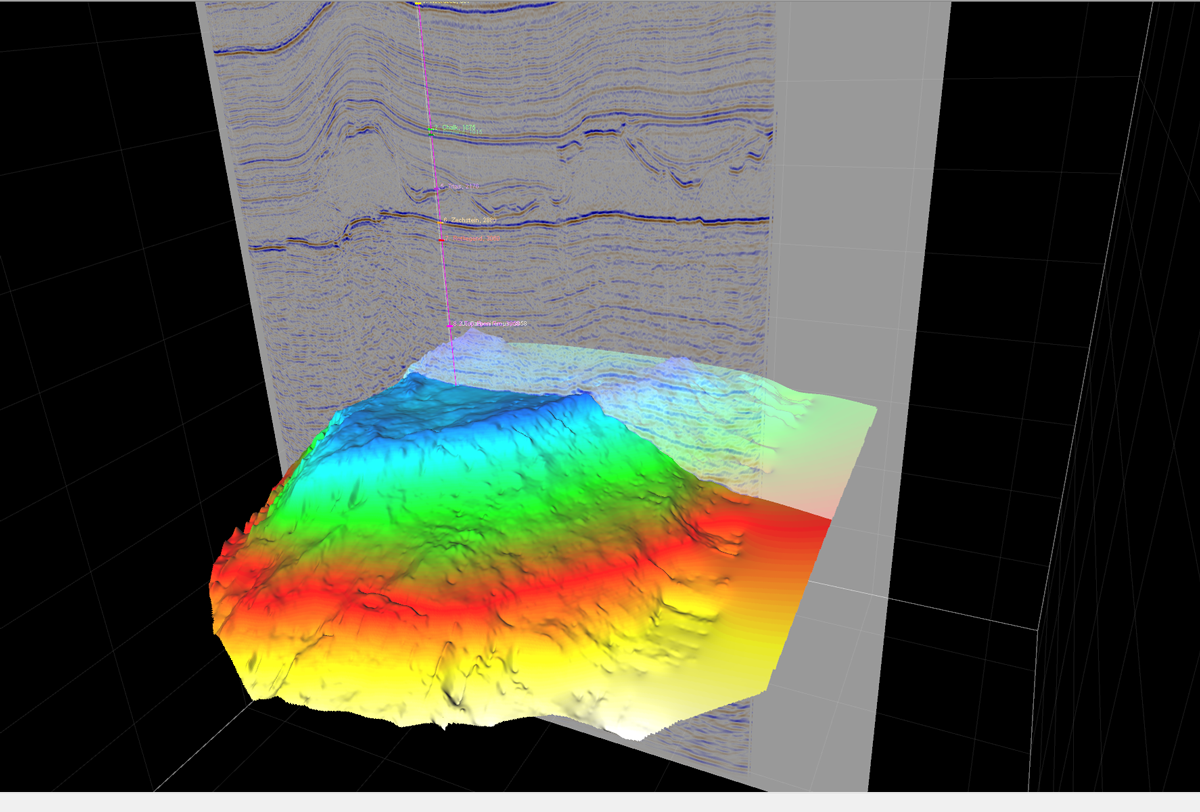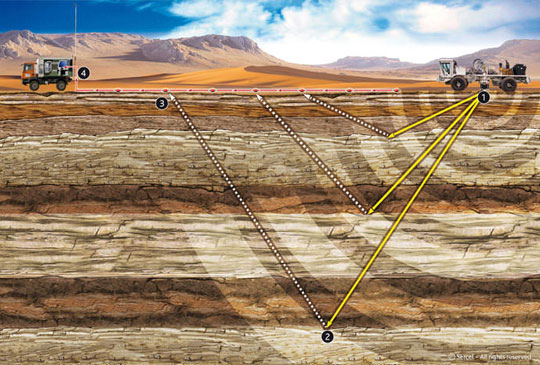 T&A Survey has done research to the potentials and risks of Ultra Deep Geothermal in the Netherlands, focussing mainly on the Lower Carboniferous. Using
T&A Survey has done research to the potentials and risks of Ultra Deep Geothermal in the Netherlands, focussing mainly on the Lower Carboniferous. Using seismics, borehole information and literature, we developed a unique spatial insight into the presence of layers of potential reservoir rock at UDG depths in the Netherlands. In addition, we performed a petrophysical analysis in order to determine the quality of the reservoir.
seismics, borehole information and literature, we developed a unique spatial insight into the presence of layers of potential reservoir rock at UDG depths in the Netherlands. In addition, we performed a petrophysical analysis in order to determine the quality of the reservoir.